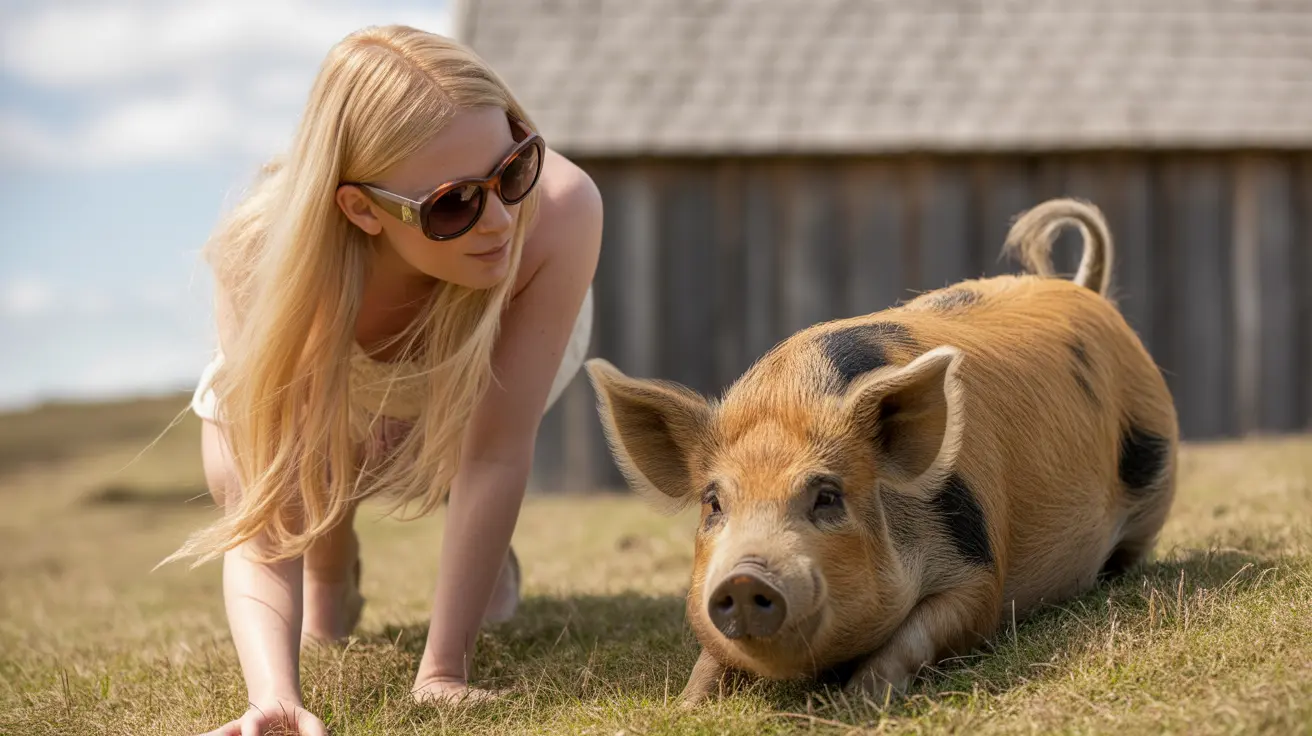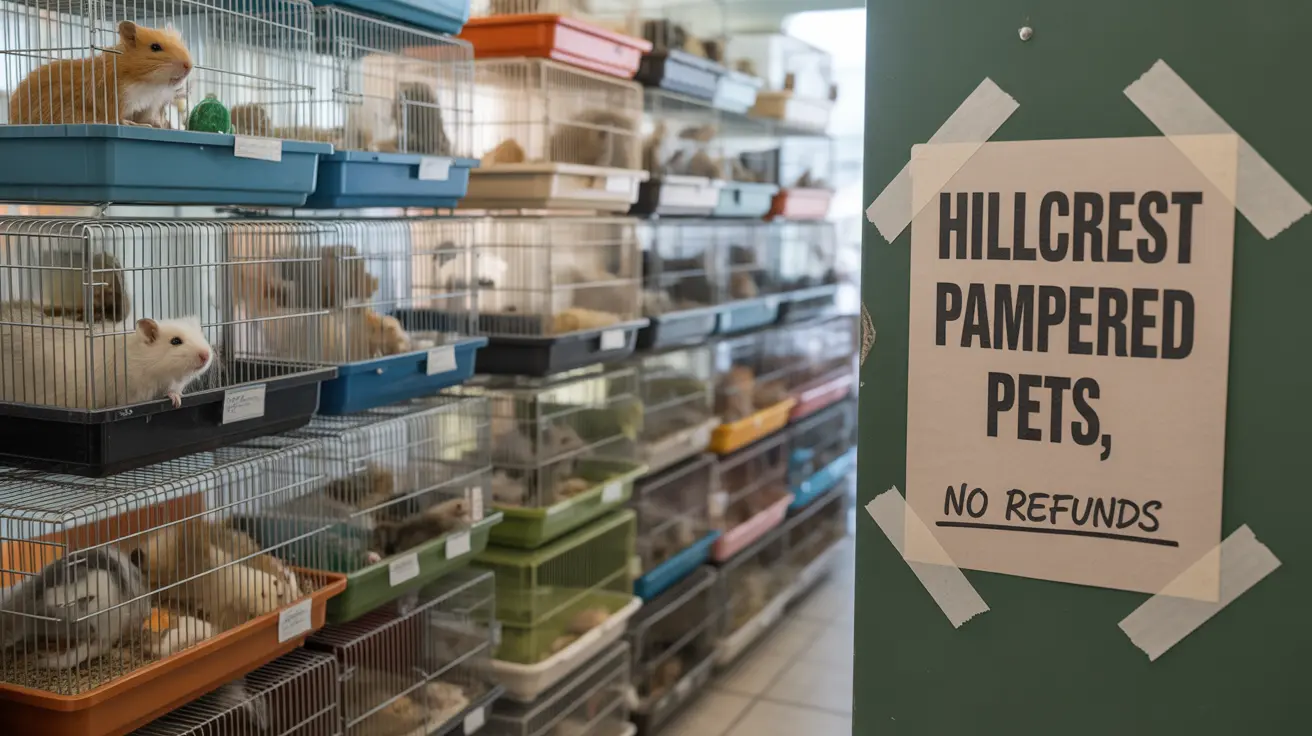Understanding the Side Effects of Pumpkin for Dogs
Pumpkin is often celebrated as a superfood for humans and our canine companions alike. While it offers numerous health benefits for dogs, such as aiding digestion, supplying essential nutrients, and encouraging healthy skin and coat, it's important to also be aware of the potential side effects. As with any dietary supplement, moderation and proper preparation are key to ensuring pumpkin remains a healthy addition rather than a harmful one.Key Health Benefits of Pumpkin for Dogs
Before diving into potential side effects, here's a quick recap of why pumpkin is popular in dog diets:
- Rich in fiber: Promotes digestive regularity and helps address both constipation and diarrhea.
- High in nutrients: Supplies vitamins A, C, and E as well as potassium, magnesium, and antioxidants.
- Moisture content: Aids in hydration and stool consistency.
- Weight management: The low calorie, high fiber nature of pumpkin helps dogs feel full without overeating.
- Improves skin and coat: Promotes shiny, healthy coats due to antioxidants and fatty acids from pumpkin seeds.
Possible Side Effects of Pumpkin
Despite its advantages, if not served properly or given in excess, pumpkin can cause certain side effects in dogs:
- Diarrhea: Too much fiber from excessive pumpkin can lead to loose stools or diarrhea.
- Vitamin imbalances: Pumpkin is high in vitamin A, and overconsumption can lead to toxicity over time, especially in smaller dogs.
- Gastrointestinal upset: Rapid introduction or improper preparation may cause vomiting or digestive discomfort.
- Choking hazards: Feeding whole seeds or uncooked pumpkin skin can pose choking risks.
- Caloric overload: Even healthy foods can tip the energy balance if they exceed 10% of a dog’s daily caloric intake.
Unsafe Forms of Pumpkin
Not all pumpkin products are dog-friendly. Pet owners should avoid the following:
- Pumpkin pie filling: Often contains added sugars, spices (like nutmeg), and sometimes xylitol, which is toxic to dogs.
- Unwashed or raw pumpkin skin: Difficult to digest and may contain pesticides or bacteria.
- Carved or old pumpkins: These can collect mold or bacteria that cause illness.
Tips for Safe Pumpkin Feeding
To ensure your dog reaps the benefits of pumpkin safely, follow these usage guidelines:
- Use plain cooked pumpkin: Steamed, boiled, or baked without additives is best.
- Serve in moderation: General recommendations are based on dog size, ranging from 2 teaspoons to 4 tablespoons per day.
- Only use 100% pure canned pumpkin: Check that it contains no added sugar or spices.
- Prepare seeds properly: Roast, peel, and grind pumpkin seeds. Feed one ground seed per 10 lbs of body weight daily.
Precautions and When to Consult a Vet
Even though pumpkin is a natural food, each dog reacts differently based on their health, age, and existing diet. Here are some safety tips:
- Introduce gradually to monitor your dog’s reaction.
- Watch for adverse symptoms like vomiting, continued diarrhea, or signs of pain or lethargy.
- Consult your vet before adding pumpkin if your dog is on a prescription diet or has chronic health conditions.
Final Thoughts
Pumpkin can be a fantastic addition to your dog’s diet when offered correctly. It supports digestion, immune health, hydration, and weight control. However, just like any supplement, it can cause side effects if overused or improperly prepared. By feeding only plain, appropriately portioned pumpkin and avoiding harmful versions like pie filling and raw skins, pet owners can safely tap into the nutritional power of pumpkin.





